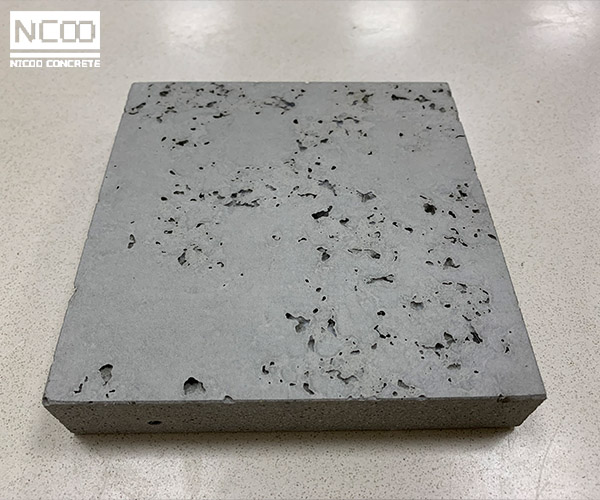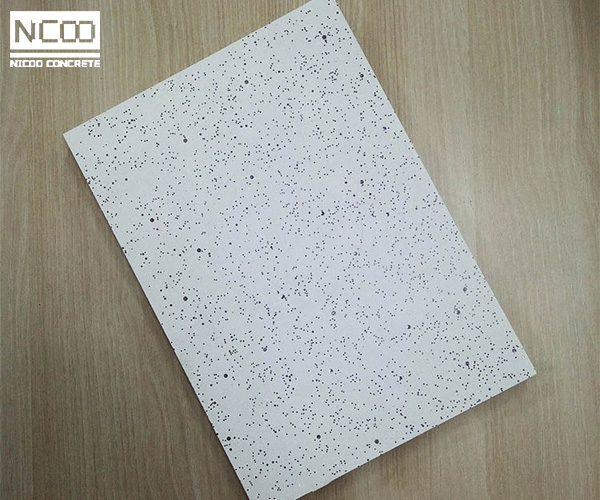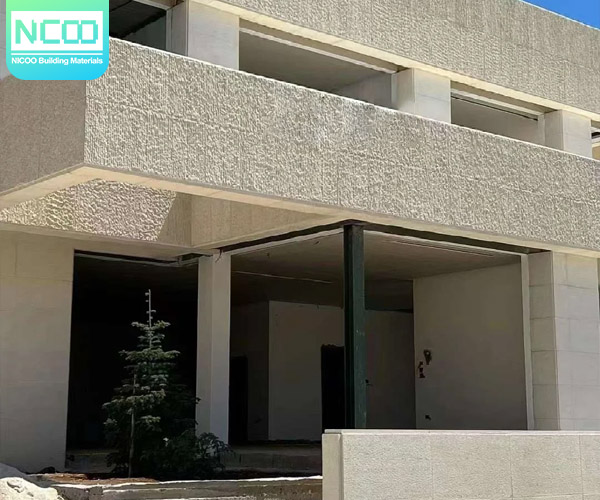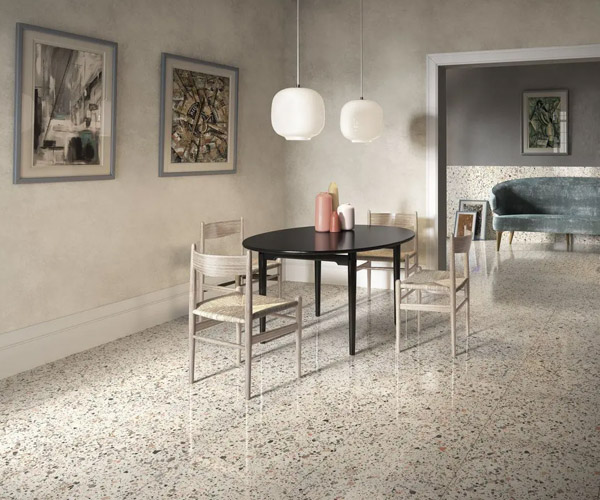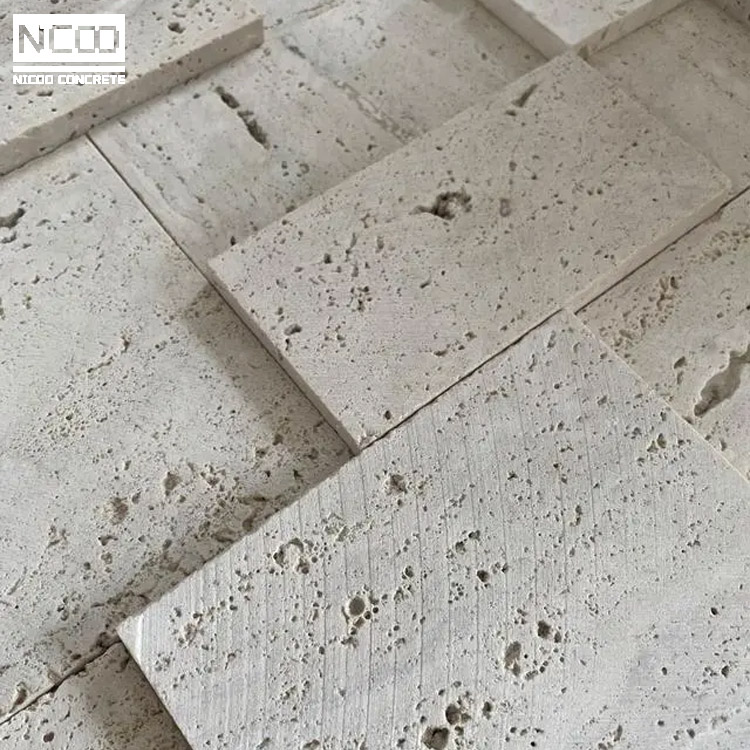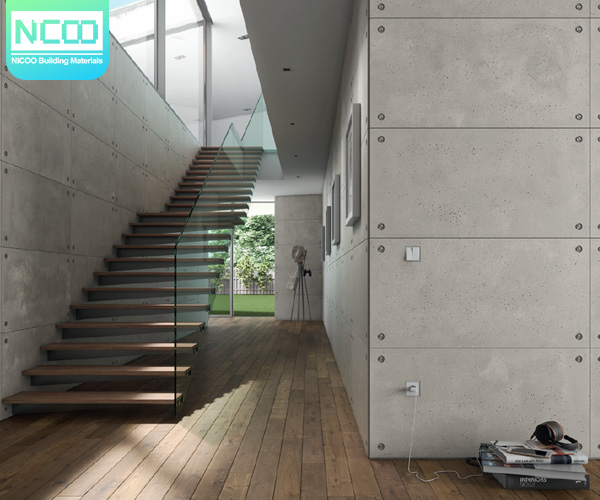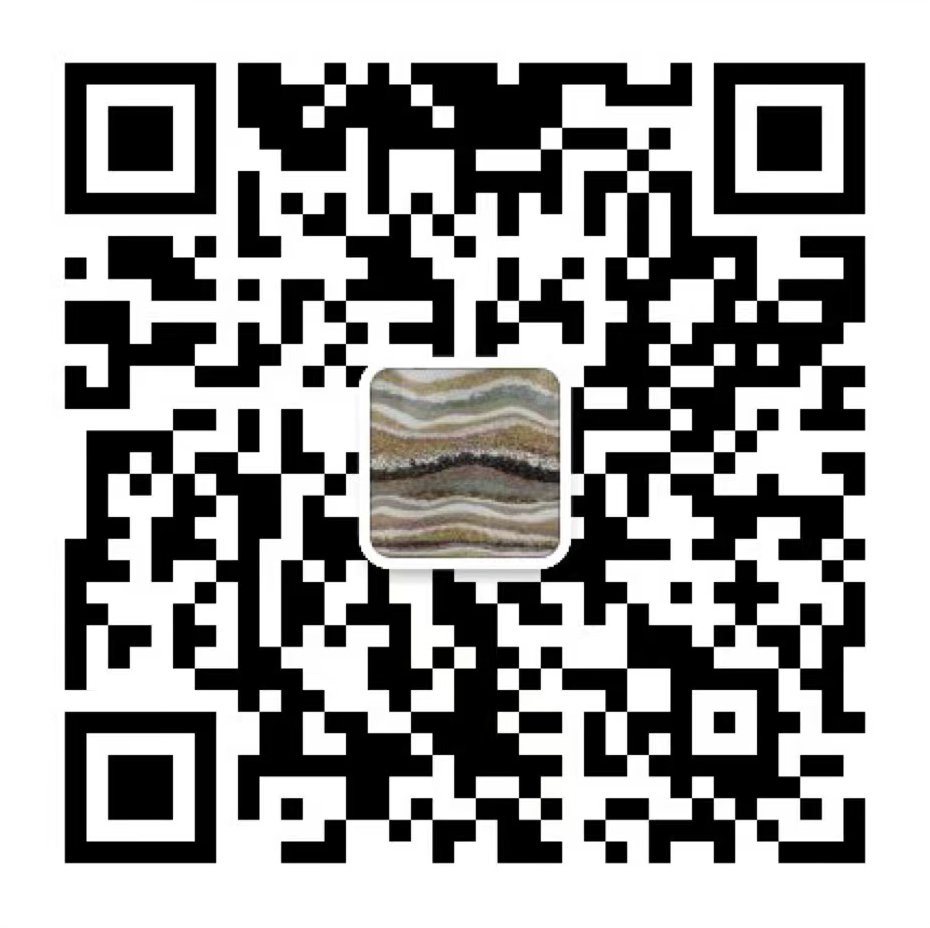Comparison of natural and artificial travertine
# Natural travertine #
Travertine is named for its many holes in the surface. Its scientific name is travertine or tuber, and its English name is Travertine, which is a kind of marble. However, because of its texture and appearance and the traditional sense of marble is very different, so it is customary to classify it as a unique category.

Travertine is mainly gray white, beige, beige, yellow, golden yellow, gray, brown, coffee, light red, maroon and other colors. Most of them are beige. The main production areas are Italy, Turkey, Iran, China's Henan cave stone discovery and output.Travertine decoration in Europe has a very long history, the ancient Roman Coliseum, St. Peter's Basilica, the Parliament building and so on are taken from the travertine construction, the long history, the strong classical atmosphere, the strong sense of art is heaven and unparalleled.

The formation principle of travertine
Travertine is formed by the heavy accumulation of limestone over the last thousand years, and its main environment is the sea floor, at least the bottom of the Great lakes. The cave stone with commercial value requires a uniform texture with beautiful grain. These lines are formed in a weak hydrodynamic environment, such as the bottom of the sea or the bottom of a large lake, and hot springs are disturbed, so they form curved lines.In the formation process of travertine, the limestone dissolved by groundwater contains the original grain formed by the precipitation of more impurities. When the dissolved limestone becomes pure, the grain will disappear. The grain of the cave stone has straight lines and curved lines are formed naturally and cannot be manipulated.Traverstone has many holes, and its flexural and compressive strength is relatively poor. If it is subjected to large external forces, it will produce a lot of cracks, thus losing its commercial value.
Characteristics of travertine
Traverstone is a kind of building stone with a wide range of uses, because of its uniform lithological property, small soft and hard texture, very easy to mine and process, light specific gravity (density) and easy to transport.
Travertine has good processability, sound insulation and heat insulation, can be further processed and applied, is an excellent building decoration material. The texture of the cave stone is fine, the processing adaptability is high, the hardness is small, and it is easy to carve, which is suitable for carving materials and special-shaped materials.Traverstone has rich color, unique texture, and special hole structure, which has good decorative performance. At the same time, due to the natural hole characteristics and beautiful texture, it is also a good material for garden stone such as bonsais and rockery.
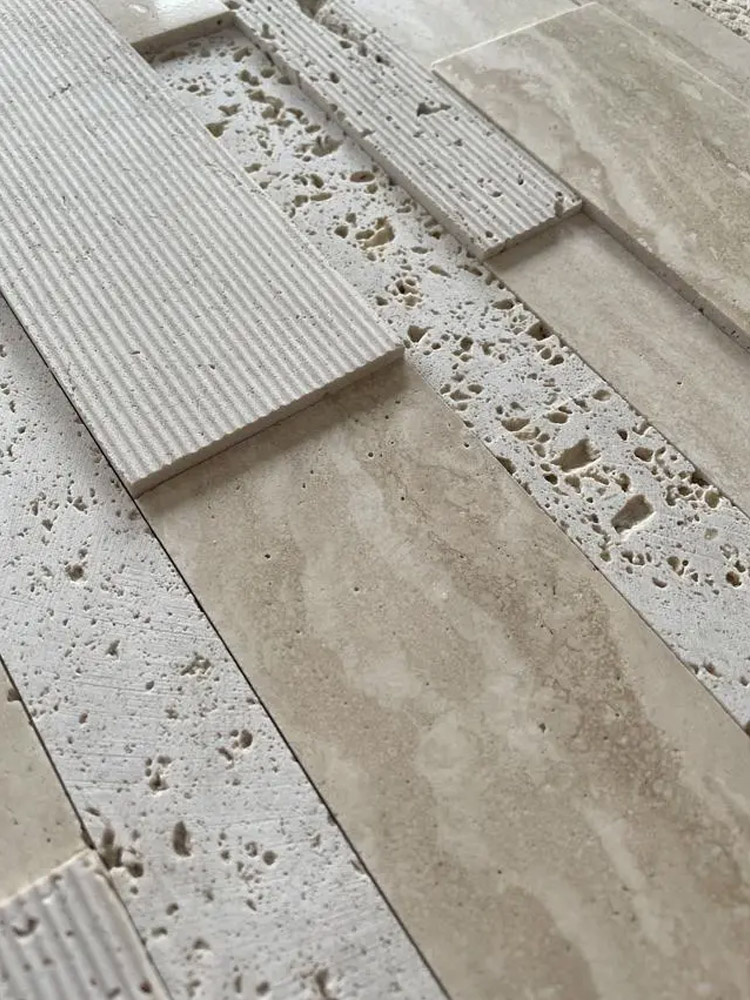
Potential problems with natural travertine
Due to its non-renewable resources and the brittle nature of the material itself, the large-scale application of natural traverts in contemporary architecture is limited, and most of them are only used as dry wall materials for high-end interior decoration.
1. Insufficient strength
Due to the existence of a large number of holes, the volume density is low, the water absorption rate is increased, and the strength is decreased. Therefore, the physical performance index is lower than the normal marble standard; Due to a large number of natural defects such as texture, argillaceous lines, argillaceous bands and cracks, the performance uniformity of this material is very poor. This kind of stone belongs to the carbonate structure of limestone, poor acid resistance, used in areas with a lot of rain, acid rain erosion will be very serious, but also accelerate the destruction of stone. For many reasons, the use of this material on the wall, especially the dry hanging method used in a large area of the external wall, has a high risk.
2. Break
The biggest safety problem of cave stone is some mud lines and mud belts, which are the weakest links in bending strength. Behind the beautiful pattern is often the lowest strength, is the most prone to fracture.
3. Hole pollution
Due to the characteristics of many holes in traverite, when traverite is used as external wall decoration materials and indoor ground materials, all kinds of pollutants are very easy to penetrate into the stone through the holes, causing the stone to be polluted. The originally very beautiful stone will become very ugly after a period of time, and some may even become unrecognizable.
4. Swelling
Due to the existence of a large number of holes in travirite, it not only causes the rise of water absorption and the decline of strength, but also makes the weatherability of this material worse. If this material is used in the place where the temperature difference is particularly large in the north, the water and gas reservoir in the hole will freeze and expand at low temperature, which will seriously lead to the cracking of the stone and the formation of security risks.
Summary
In general, travertine has a fascinating color and texture, and its texture, holes and color are uncontrollable.Traverstone has more holes, poor bending and compressive strength, and is easy to break by external force. Therefore, traverstone has lost its commercial value, and traverstone with great commercial value is inevitably expensive. Before installation, traverstone needs to be designed and demonstrated to use traverstone as decorative material.
#Artificial travertine#
The size of the square material is regular and unified, and can be customized according to the size of the mold. Large plate size 2400*1200mm. The uniform size only needs a simple layout, a little control can achieve a very ideal output rate, and allow the output rate to be visualized in the early stage of the project, which saves time and reduces the project cost.
Different from natural travertine, the texture of artificial travertine can be controlled. Whether you like straight or curved or other texture, it can be achieved through unique fabric technology.
The production process uses hydraulic process without pollution of gas emissions, will not cause air pollution. The product is an inorganic product made of cement as a bonding material, which is environmentally friendly and non-toxic.
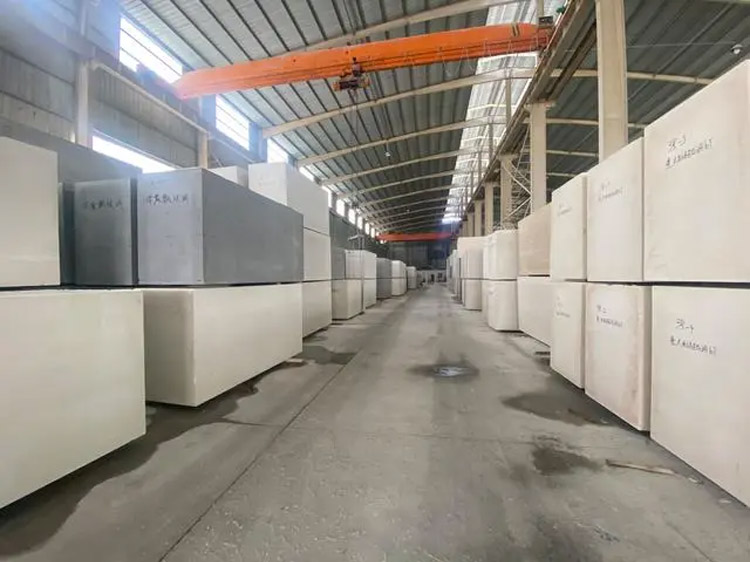
The advantages of artificial stone
1. High performance - high performance in summary: high strength, high hardness and good wear resistance, thin thickness, light weight, wide use, good processing performance
2. A variety of colors - artificial stone because of the different degree of stone crushing in the processing process, and then with different colors, you can produce a variety of colors, and each series has many colors to choose from.
3. Wide range of uses - artificial stone has experienced decades of research, development and innovation since its birth, so that artificial stone can develop a variety of materials widely used in commercial, residential, and even military fields.
4. Environmental protection - the environmental protection and waste industry of resource recycling, the development of artificial stone industry itself does not directly consume the native natural resources, does not destroy the natural environment, the industry uses a large number of natural stone mining generated by the waste stone resources that are difficult to effectively deal with, its own production mode is environmentally friendly.
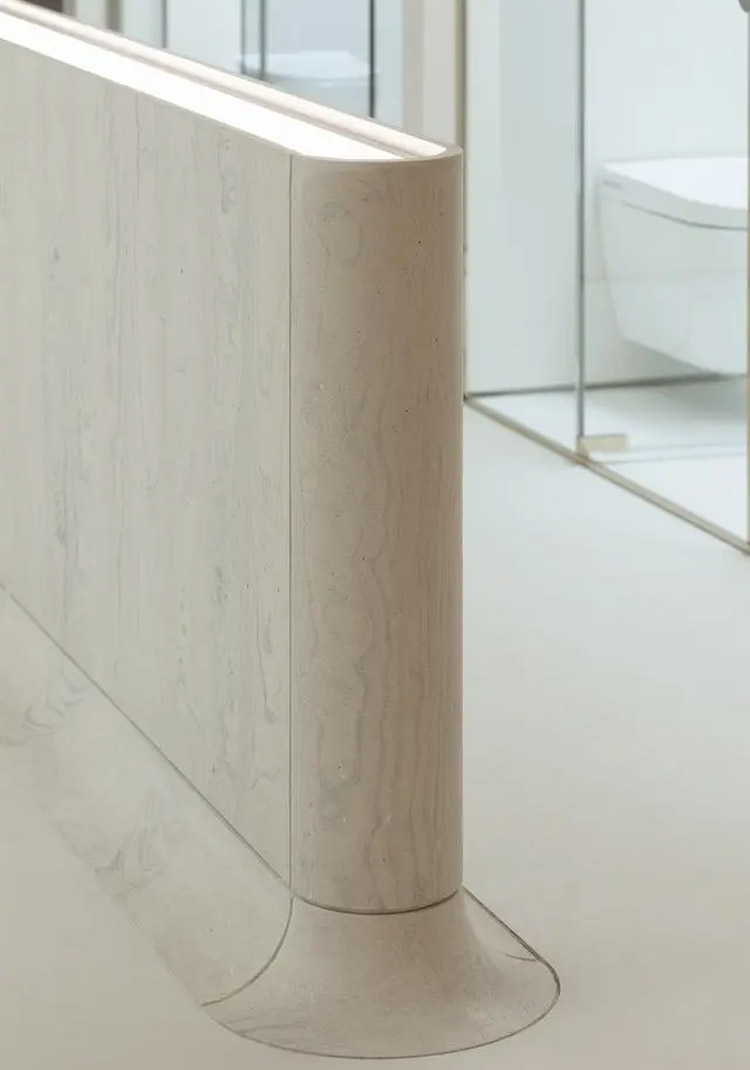
With the iteration and updating of artificial stone technology, the defects of cave stone are solved technically, and the unique properties of cave stone are retained. In order to obtain highly commercial cave stones, it is no longer necessary to mine a large amount of time and cause large-scale environmental damage.
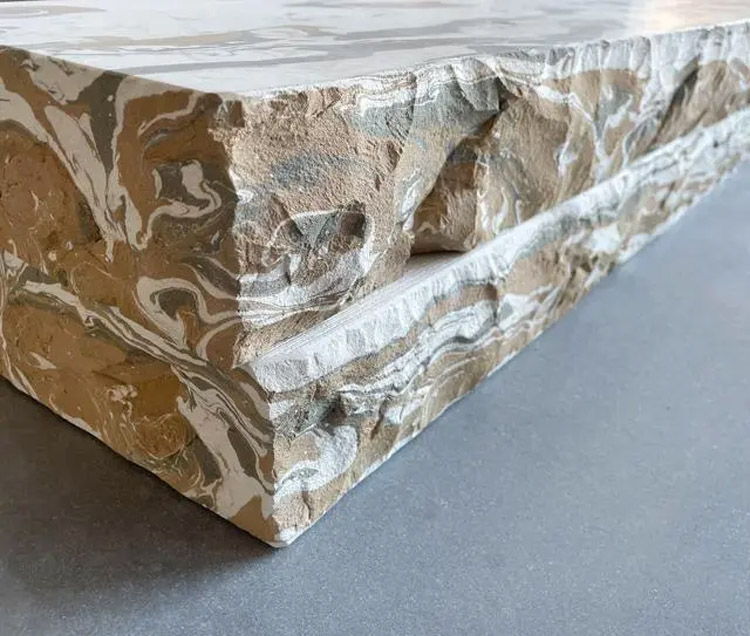
Project application of artificial travertine
Travertine is rarely produced in China, but there is no shortage of famous buildings using travertine.The interior and exterior walls of the Bank of China headquarters in Beijing, designed by architect I. M. Pei, are decorated with traverstone. In recent years, people have a higher level of pursuit for the nature, personality and quality of architectural decoration materials, and the cave stone has become more and more concerned and favored by consumers.However, due to the small supply of natural travertine, high price, loose material, easy pollution, difficult to care, radiation and other limitations, it is difficult to popularize in use.This provides a broad market for the development of artificial travertine.
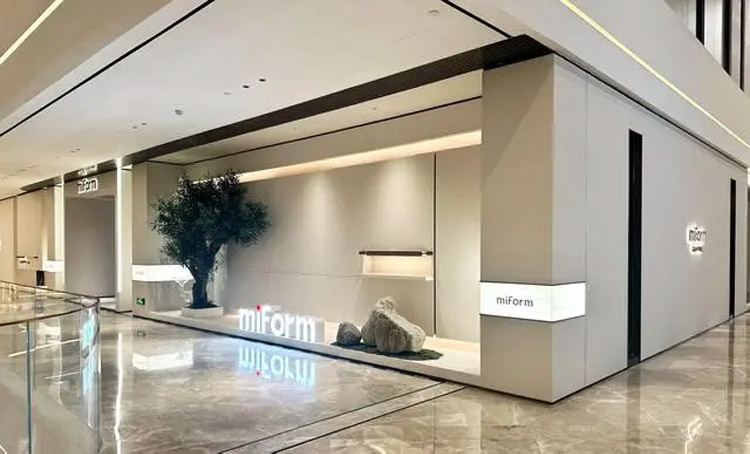
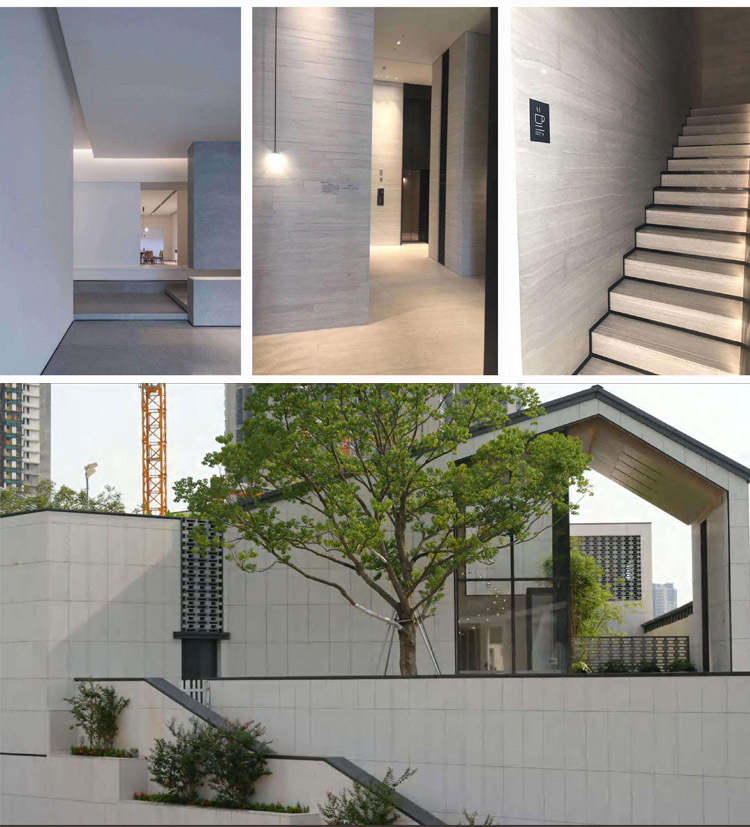
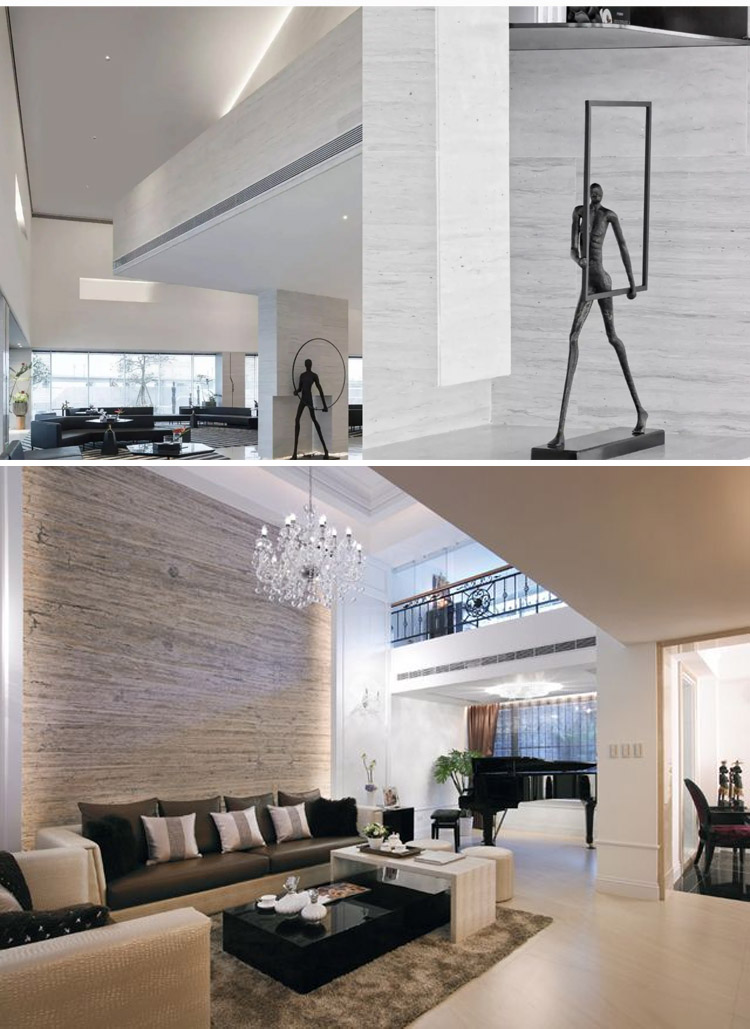
Artificial Traverstone Exterior Wall Case, Designers Look Over!!
Traverstone, a kind of natural stone, with its unique texture and beauty, shows a different charm on the exterior wall of the building.
Combination of Terrazzo and Glass Aggregate
The reason why terrazzo is bright as a mirror and crystal clear is mainly because terrazzo forms a glass film on the surface after mechanical processing, which not only has a mirror luster, but also can transparently show the inner structural level of the stone, that is, the pattern pattern that people observe, and the bright beauty is here.
Comparison of natural and artificial travertine
Travertine is named for its many holes in the surface. Its scientific name is travertine or tuber, and its English name is Travertine, which is a kind of marble. However, because of its texture and appearance and the traditional sense of marble is very different, so it is customary to classify it as a unique category.
Contrast of NICOO Fair-faced Concrete and Ordinary Concrete
As a common building material, concrete has a wide range of applications. In building structures, common concrete types include fair-faced concrete and ordinary concrete. This paper will compare these two types of concrete, explore their differences and application scenarios.



